Qualified Small Business Stock – An Enticing Yet Unfrequented Tax Saving Strategy!
Qualified Small Business Stock (often abbreviated as ‘QSBS’) dates back to August of 1993, yet studies show that most individuals know very little about it. This 29-year-old tax incentive is outlined in Internal Revenue Code § 1202 and was enacted by the IRS to encourage investment in small businesses. Put simply, eligible shareholders that meet certain criteria are allowed to invest in qualified small businesses, hold its stock for a certain length of time, and then exclude some or all of the taxable gain upon sale. Sounds tempting, right? Let’s take a closer look at the specifics.
Shareholders Requirements
- Must be a non-corporate shareholder (individual, trust, estate, or pass-through entity)
- Must have acquired the stock directly from the corporation and not on the secondary market
- Must have purchased the stock with cash or property, or accepted it as payment for a service
- Must have held the stock for at least five years
Company Requirements
- Must be incorporated as a U.S. C-Corporation
- Must have gross assets of $50 million or less at all times before and immediately after the stock was issued
- Must not be on the list of excluded business types (health, law, engineering, architecture, accounting, actuarial science, performing arts, consulting, athletics, financial services, brokerage services, or any trade or business in which the principal asset is the reputation or skill of one or more of its employees)
- Must use a minimum of 80% of its assets in the operation of its qualified trade or business
The exact tax treatment for the disposition of QSBS depends on when the stock was acquired. If it was acquired between August 11, 1993 and February 17, 2009, shareholders can exclude 50% of the gain. If it was acquired between February 18, 2009 and September 27, 2010, the exclusion percentage increases to 75%. If it was acquired after September 27, 2010, then the exclusion percentage is 100%. Regardless of the acquisition date, the exclusion is limited to $10 million or ten times the shareholder’s adjusted cost basis – whichever is greater. Any gain on sale in excess of this amount will be taxed at regular capital gains rates.
Another important element to be aware of is that QSBS will never lose its beneficial tax status and certification after a shareholder acquires it. This is regardless of the company’s future growth (ex: acquiring more than $50 million in gross assets), the company merging or being acquired by another corporation, or the stock being transferred, gifted, or inherited.
One final consideration when deliberating purchasing (or selling) QSBS is state tax implications. If the company is incorporated in the following states, shareholders are not eligible for QSBS exclusion at the state level: California, Mississippi, Alabama, Pennsylvania, New Jersey, and Puerto Rico. Additionally, if the company is incorporated in Hawaii or Massachusetts, shareholders are only eligible for a partial QSBS exclusion at the state level.
While the IRS does not require taxpayers to provide any documentation when electing the QSBS capital gains tax exclusion on their tax return, it’s always important to retain all relevant information in the event of an audit. Such documents include the following:
- Articles of Incorporation
- Stock Purchase Agreement
- Tax Opinion Letter Regarding Classification of Holding as QSBS
- Tax Opinion Letter Regarding Evaluation and Quantification of QSBS Exclusion
- Stock Sale Agreement
Founding, investing in, or working for a startup can come with its share of risks and challenges – but the IRS has done its best to incentivize taxpayers to take the leap to invest in small businesses in their communities. It’s always recommended that you speak with your tax accountant before purchasing or selling any QSBS.
Should you have additional questions, please contact Jeff Audi via e-mail at [email protected].









